Fall
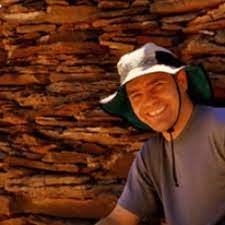 NASA has named LPL alumnus Dr. Moses Milazzo as the first Chief Scientist for the Planetary Data Ecosystem (PDE). Moses completed his dissertation, Remote Sensing of Thermally Induced Activity on Io and Mars, with advisor Alfred McEwen in 2005. He is a planetary scientist and educator specializing in visible and near-infrared remote sensing, as well as planetary data processing. Moses has been involved with eight NASA spacecraft missions and has contributed significantly to the development of planetary remote sensing, image processing, cartographic mapping and calibration techniques for a variety of missions and data types. In this new role, Moses will represent the PDE to NASA and serve as a link between the PDE community, the Planetary Data System, and NASA Headquarters.
NASA has named LPL alumnus Dr. Moses Milazzo as the first Chief Scientist for the Planetary Data Ecosystem (PDE). Moses completed his dissertation, Remote Sensing of Thermally Induced Activity on Io and Mars, with advisor Alfred McEwen in 2005. He is a planetary scientist and educator specializing in visible and near-infrared remote sensing, as well as planetary data processing. Moses has been involved with eight NASA spacecraft missions and has contributed significantly to the development of planetary remote sensing, image processing, cartographic mapping and calibration techniques for a variety of missions and data types. In this new role, Moses will represent the PDE to NASA and serve as a link between the PDE community, the Planetary Data System, and NASA Headquarters.
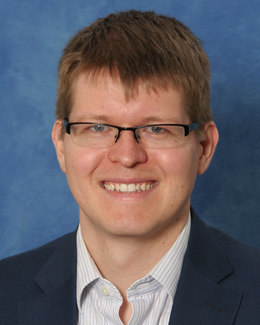
Kristopher Klein
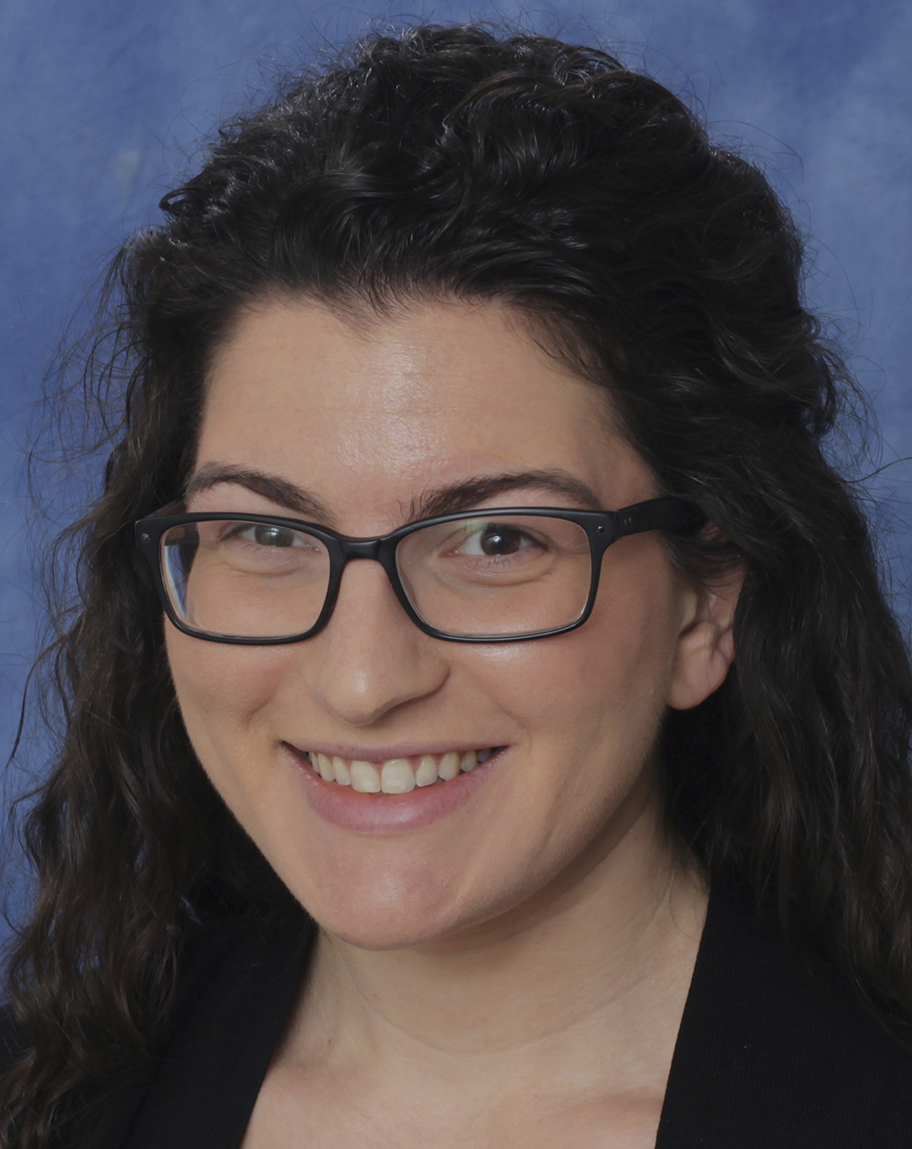
Emily Lichko
Assistant Professor Kristopher Klein and Postdoctoral Research Associate Emily Lichko are co-authors on the paper describing the latest science results from the Parker Solar Probe.
On December 14, scientists confirmed that, for the first time in history, a spacecraft touched the Sun. NASA’s Parker Solar Probe flew through the Sun’s upper atmosphere—the corona—and sampled particles and magnetic fields there. As it dipped into and out of the solar corona, the probe confirmed that the outer boundary of the solar atmosphere is 8.1 million miles from the solar surface. The spacecraft also confirmed previous hypotheses that the boundary between the solar atmosphere and solar wind is not a smooth sphere but has spikes and valleys that wrinkle the surface. Discovering where these protrusions line up with solar activity coming from the surface can help scientists learn how events on the Sun affect the atmosphere and solar wind. The probe also discovered that the magnetic zig-zag structures in the solar wind, called switchbacks, originate from the solar surface (photosphere). The patches aligned with magnetic funnels that emerge from the photosphere between convection cell structures called supergranules. In addition to being the birthplace of switchbacks, the magnetic funnels might be where one component of the solar wind originates. The solar wind comes in two different varieties—fast and slow—and the funnels could be where some particles in the fast solar wind come from. Understanding where and how the components of the fast solar wind emerge, and if they’re linked to switchbacks, could help scientists answer a longstanding solar mystery: how the solar corona is heated to millions of degrees, far hotter than the solar surface below.
In 1998, the University of Arizona’s Teaching Teams Program was established to create dynamic learning environments for students, teaching assistants, as well as instructors and professors to collaborate in the education of undergraduates. The Teaching Teams Program began promoting peer learning assistants for large General Education science classes, originally in the area of planetary science and astronomy. Our program quickly expanded to become university-wide, including over 200 learning assistants per semester at its peak. Undergraduate students who enrolled in our Teaching Team classes were recruited to take on added responsibility as so-called “preceptors.” Preceptors serve as peer guides, mentors, tutors, and teachers for their fellow classmates.
Dr. Steve Kortenkamp uses preceptors every semester for his planetary science General Education courses. In the Fall 2021 semester, Steve had the help of four preceptors for his PTYS/ASTR 206 course. These preceptors assisted with set-up and management of LPL’s telescopes for a smartphone astrophotography project, held office hours to help students with writing essays, and worked as peer-graders on the submitted essays.
As other departments began following the Teaching Teams model, our curriculum began evolving away from a preceptor training program and into professional development for both preceptors and non-preceptors. Strengthening of interpersonal skills, professional online social media practices, and personal branding preparation for undergraduates is now the core of what Teaching Teams offers to our students.
Teaching Teams workshops provide a format that enables students to experiment with various teaching techniques and communication and internet skills, and outfits them with important interpersonal competencies for a wide variety of careers. Looking towards a globally changing learning and working environment, the overarching goal of the Teaching Teams Program is to instill leadership, teaching, and interpersonal skills as well as personal development for our students to build upon. Using our workshops to reach their desired goals, (i.e., future internships, jobs, graduate schools, etc.), our students will have the knowledge and skills to successfully compete in a changing 21st century world job market.
Today, the Teaching Teams program offers 12 units of course work, enough opportunities to support an undergraduate certificate. The Teaching Teams Program continues to encourage professors to utilize preceptors in conjunction with the program's PTYS 297A and PTYS 397A workshops for the benefit of students.
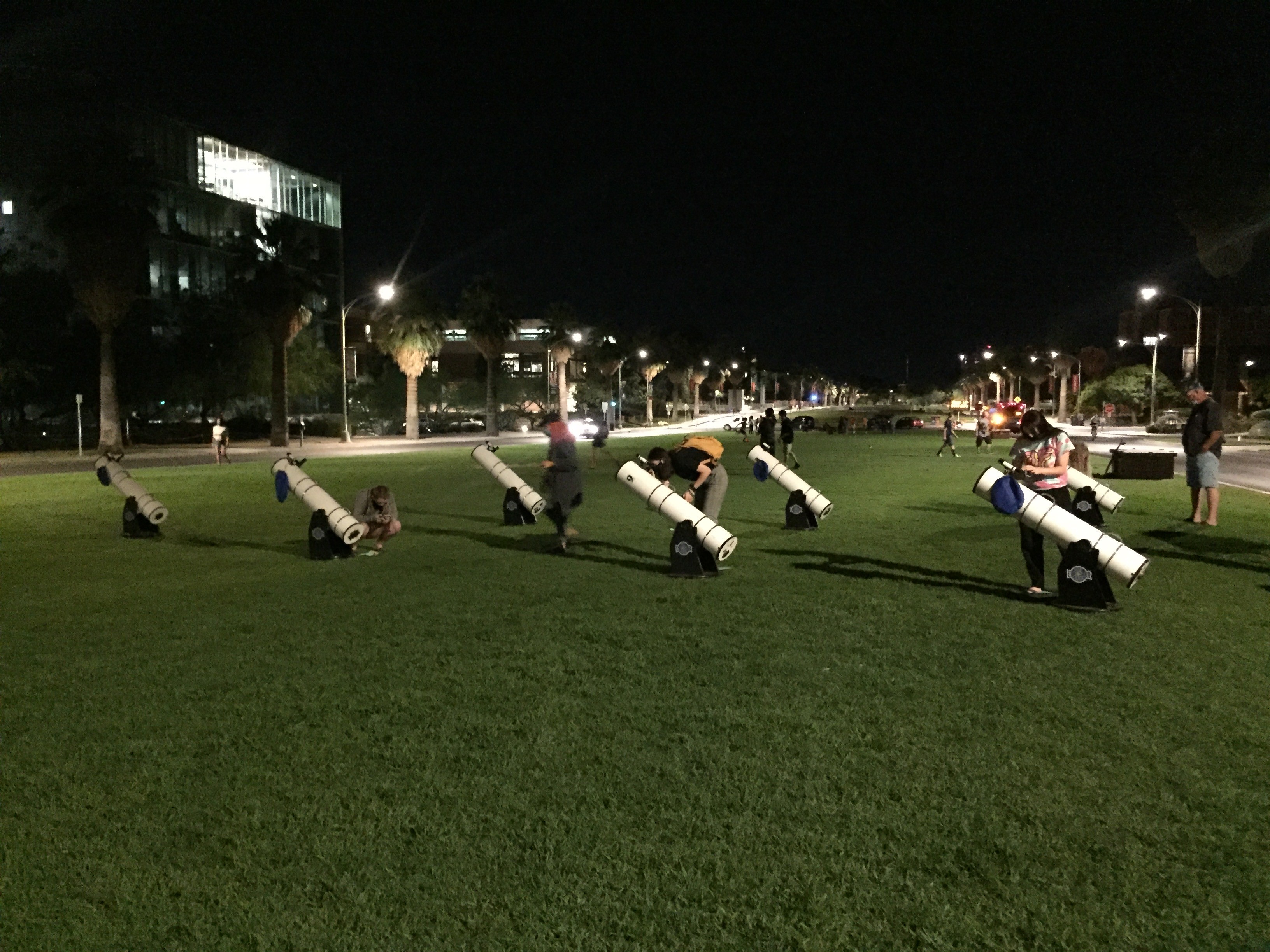 Teaching Teams preceptors helping Dr. K's class with an astrophotography project.
Teaching Teams preceptors helping Dr. K's class with an astrophotography project.
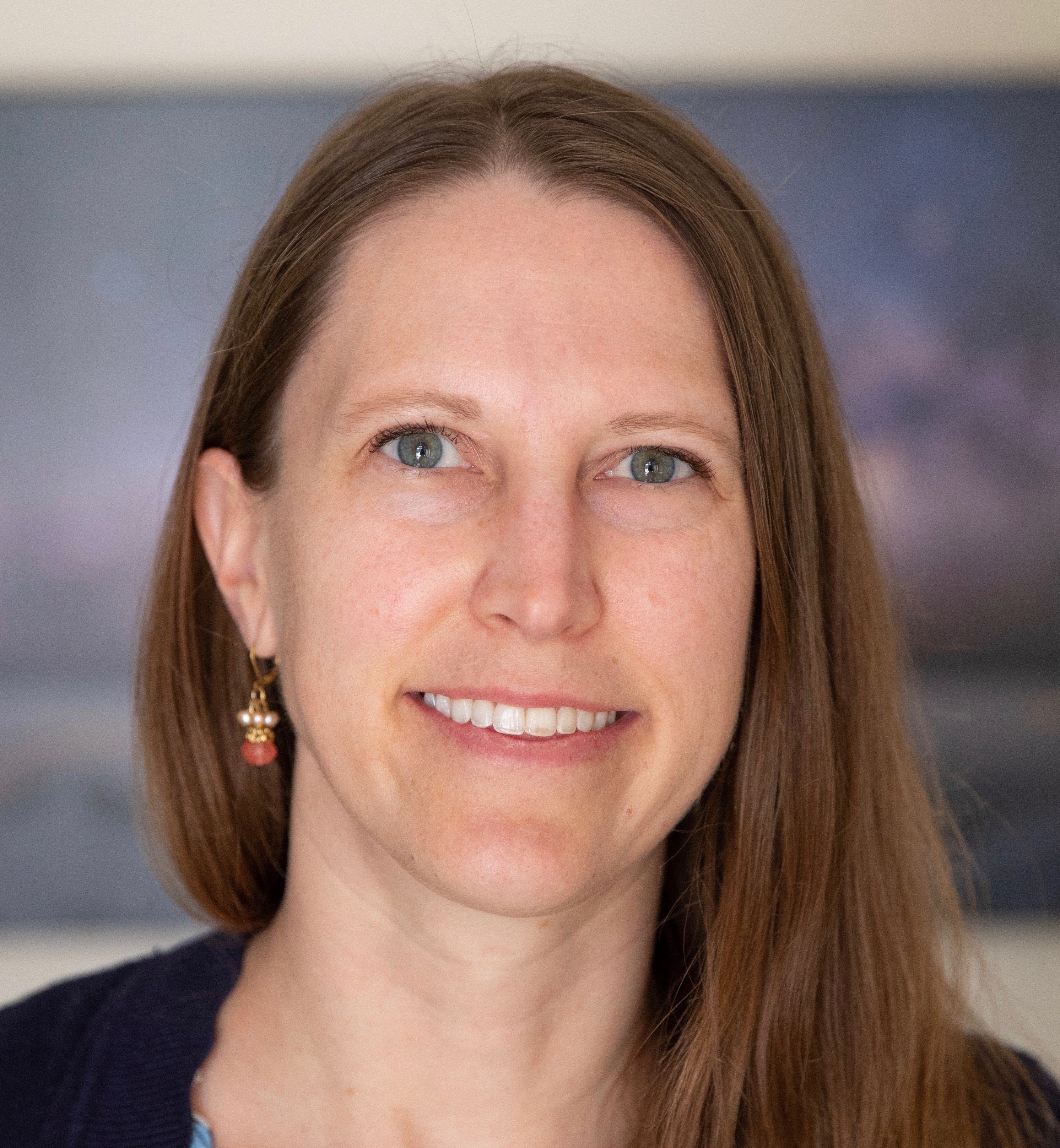 |
Professor Heather Knutson has been named the inaugural speaker for the Adam P. Showman Distinguished Visiting Lectureship. She will spend the week of April 18, 2022, at LPL, giving lectures and meeting with faculty, students, postdoctoral associates, and staff members.
Professor Knutson studies the dynamics and chemistry of extrasolar planetary atmospheres, one of the many fields in which Professor Adam Showman conducted pioneering research. Dr. Knutson led a team that confirmed the predicted eastward shift of the substellar hotspot in the atmosphere of the exoplanet HD 189733b, a shift that Dr. Showman and collaborators had predicted on the basis of fundamental atmospheric dynamical principles. This pioneering discovery established the field of observational exoplanet meteorology. Professor Knutson also searches for long-period companions in exoplanetary systems and conducts precision infrared photometry and time series analysis.
Professor Knutson obtained her B.S. in physics from Johns Hopkins University in 2004 and her Ph.D. in astronomy from Harvard University in 2009. She completed her thesis work, Portraits of Distant Worlds: Characterizing the Atmospheres of Extrasolar Planets, with Professor David Charbonneau. She has been with Caltech since 2011.
Pagination
- Previous page
- Page 27
- Next page

